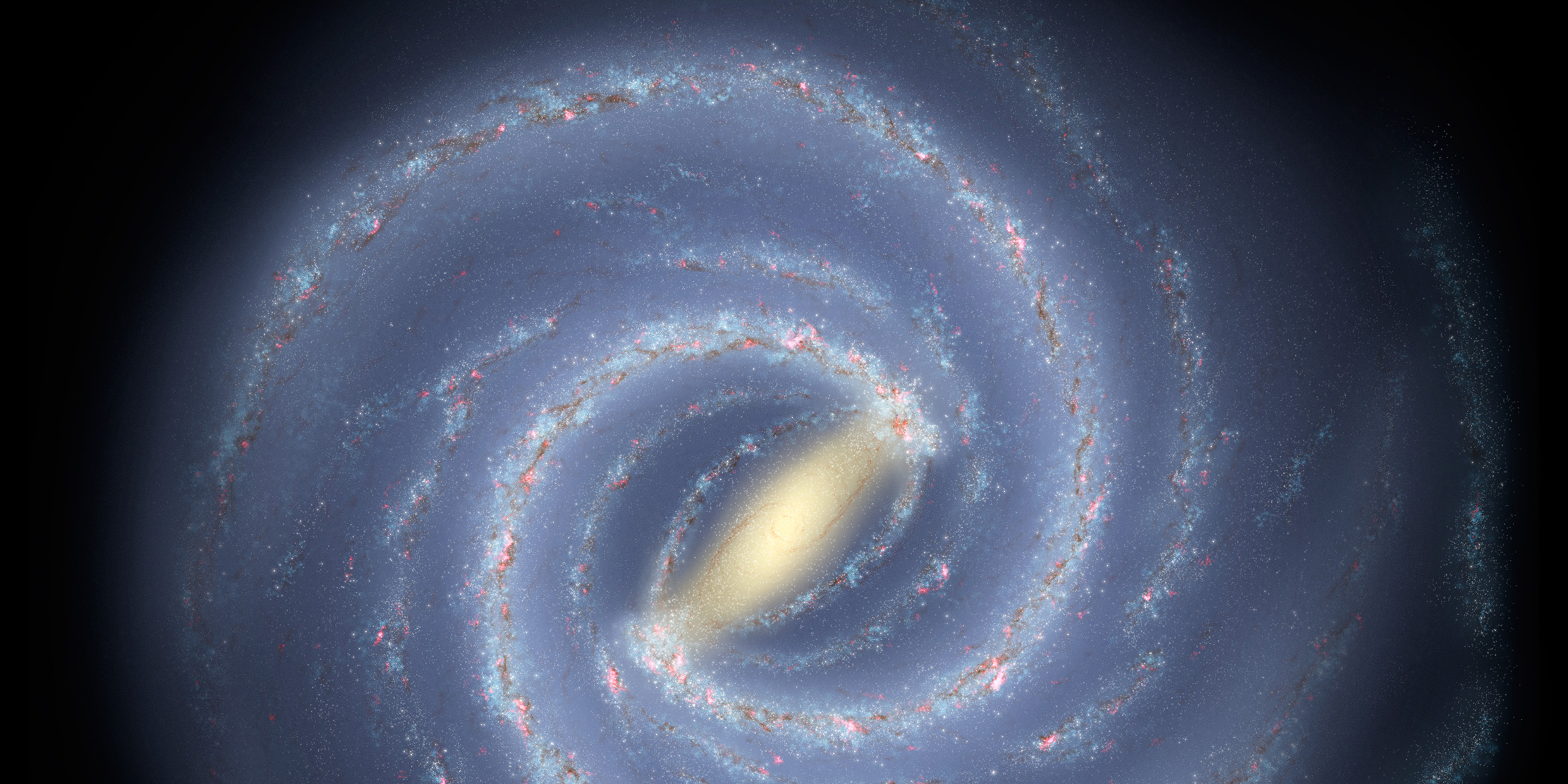Originally published 10 March 1986
An old proverb says that a journey of a thousand miles begins with a single step. It is literally true that a single step was the beginning of our journey into the universe of the galaxies.
Sometime in the 3rd century B.C., a surveyor in the service of Pharaoh walked with a measured stride from the city of Alexandria at the mouth of the Nile southward along the banks of the river to the village of Syene, counting his paces along the way.
The geographer Eratosthenes used the known distance from Alexandria to Syene, together with differences in shadows cast by the Sun in the two places, to determine the size of the Earth.
When the size of the Earth was known, Aristarchus of Samos was able to calculate the distance to the Sun and the Moon from certain observations of the Moon at half phase and in eclipse.
In 1838, the astronomer Friedrich Bessel successfully triangulated the distance to a nearby star by using the Earth-Sun distance as a baseline.
And so the journey has continued, step by step, taking us ever deeper into the realm of the stars and galaxies.
Measuring the galaxy
This past week [March 1986] the National Science Foundation announced the results of a new effort to measure the cosmos. An international team of radio astronomers, including Mark Reid, Matthew Schneps, James Moran, and Carl Guinn of the Harvard & Smithsonian Center for Astrophysics, have made the first direct measurement of the distance from the Earth to the center of the Milky Way Galaxy.
On the basis of their findings — made with radio telescopes that monitored radiation — the galaxy appears to be about 30 percent smaller than had been previously believed.
The Milky Way Galaxy is a great spiral system of a trillion stars, that turns about a central hub like a pinwheel. The textbook value for the diameter of the pinwheel is 100,000 light years, which means it takes light 100,000 years to pass from one side of the galaxy to the other. Our Solar System is located two-thirds of the way out from the center of the spiral, or (according to the textbook) 33,000 light years. The new measurement puts the Sun only 23,000 light years from the galactic center.
All previous methods of estimating the size of the Milky Way Galaxy have involved indirect observations of one sort or another. The problem is like trying to determine the size of a huge crowd of people from somewhere within the crowd. With optical telescopes it is not possible to see very far into the galaxy because of absorption by gas and dust that populates the space between the stars. Radio telescopes let us to see deeper into the galaxy because radio waves pass through the obscuring gas and dust.
Cosmic masers
The Cambridge astronomers and their colleagues used radio telescopes to monitor radiation from sources called masers at the center of the galaxy. A maser is an intense and highly directional beam of radio energy emitted at a very exact frequency. It is the radio counterpart of the light laser.
For a natural maser to form, a large number of molecules must be excited to a high energy and then stimulated to release their energy simultaneously, in a kind of chain reaction. The masers near the center of the galaxy occur in dense clouds of gas and dust that are active star-forming regions. The molecules in the clouds are excited and then stimulated to radiate intense radio beams by the energy of new stars.
The astronomers studied a group of the cosmic masers for a period of many months. By comparing the speed of masers traveling directly toward the Earth with others traveling transversely across the sky, they were able to use a trigonometric method to calculate a distance to the masers. The speed of the masers moving toward the Earth could be deduced from a slight change in the frequency of the radio waves caused by the relative motion.
The radio data filled 500 computer tapes and the calculation of the distance to the masers required a full year of computer time.
The beauty of the method is that it measures directly a distance to objects that are believed to lie close to the heart of the galaxy. It avoids many of the assumptions of other Milky Way distance measurements.
Continued steps
So it seems that the Milky Way may not be as large as we supposed. A revised estimate of the size of the galaxy will affect our understanding of other properties of the galaxy, such as the mass of the galaxy, and the distance and brightness of objects within the galaxy.
Radio astronomers have found masers in several other galaxies beyond the Milky Way, so the possibility exists of using the same method to refine our scale of intergalactic distance, and ultimately to know more exactly the size and age of the universe.
The first humans who looked into the starry night must have wondered what was the size of the universe they lived in. The observation of cosmic masers is one more way to extend the human yardstick into the dome of night.
We have come a long way from that first measured step on the road from Alexandria to Syene.



